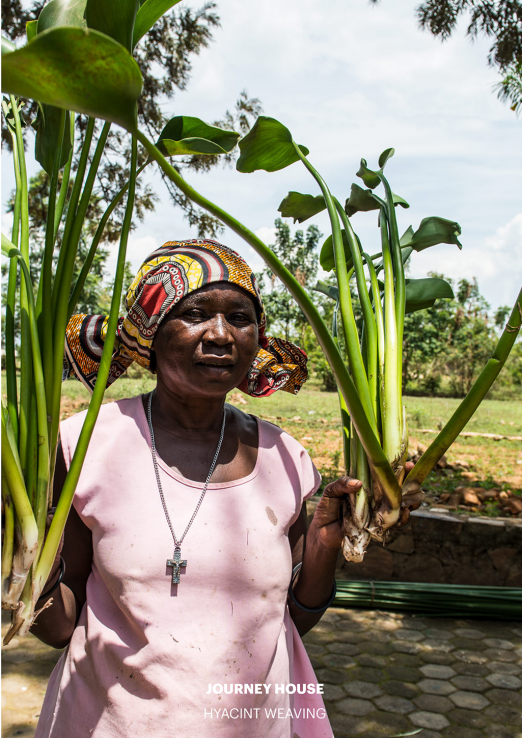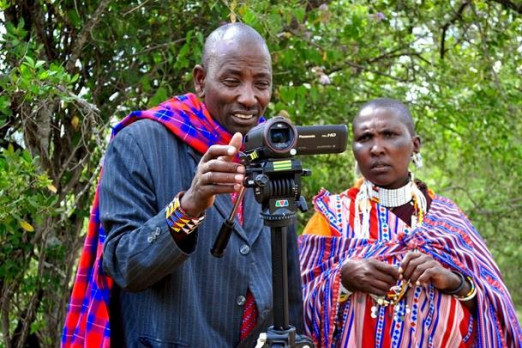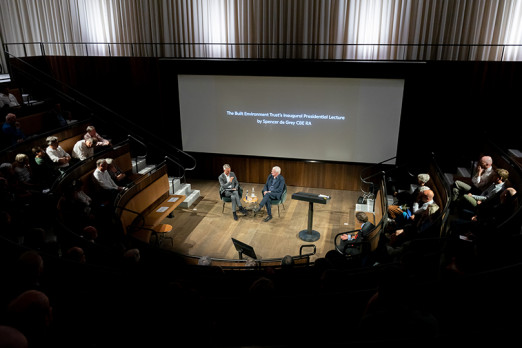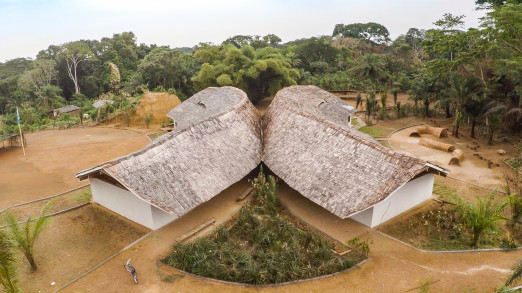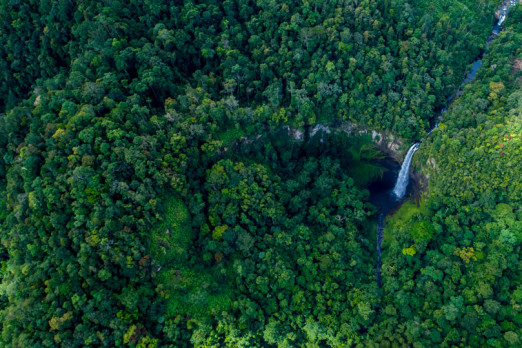'Blood Bricks' was a public exhibition at the Building Centre from 17 October to 9 November 2018.
Cambodia is in the midst of a construction boom. The building of office blocks, factories, condominiums, housing estates, hotels, and shopping malls is pushing its capital city upwards. But this vertical drive into the skies, and the country’s status as one of Asia’s fastest growing economies, hides a darker side to Phnom Penh’s ascent.
Building projects demand bricks in large quantities and there is a profitable domestic brick production industry using multigenerational workforces of debt-bonded adults and children to supply them. Moving from the city, to the brick kiln, and finally back to the rural villages once called home, the exhibition traces how urban ‘development’ is built on unsustainable levels of debt taken on by rural families struggling to farm in one of the most climate vulnerable countries in the world.
Phnom Penh is being built not only on the foundation of blood bricks, but also climate change as a key driver of debt and entry into modern slavery in brick kilns. Blood bricks embody the converging traumas of modern slavery and climate change in our urban age.
The original research presented in the photography exhibition newly evidenced connections between issues that are too often considered separate from each other in policy and planning debates. The exhibition and research report goes beyond these siloes. Cambodian brick kilns and their supply chains show the need for joined-up approaches to tackle these interconnected challenges within and beyond Cambodian borders.
The Blood Bricks research project (2017-2019) is funded by the UK Economic and Social Research Council and Department for International Development (ESRC-DFID) Development Frontiers Research Fund.
The photography exhibitied is the original work of Thomas Cristofoletti. The exhibition is designed by Bison Bison and supported by Royal Holloway, University of London.

